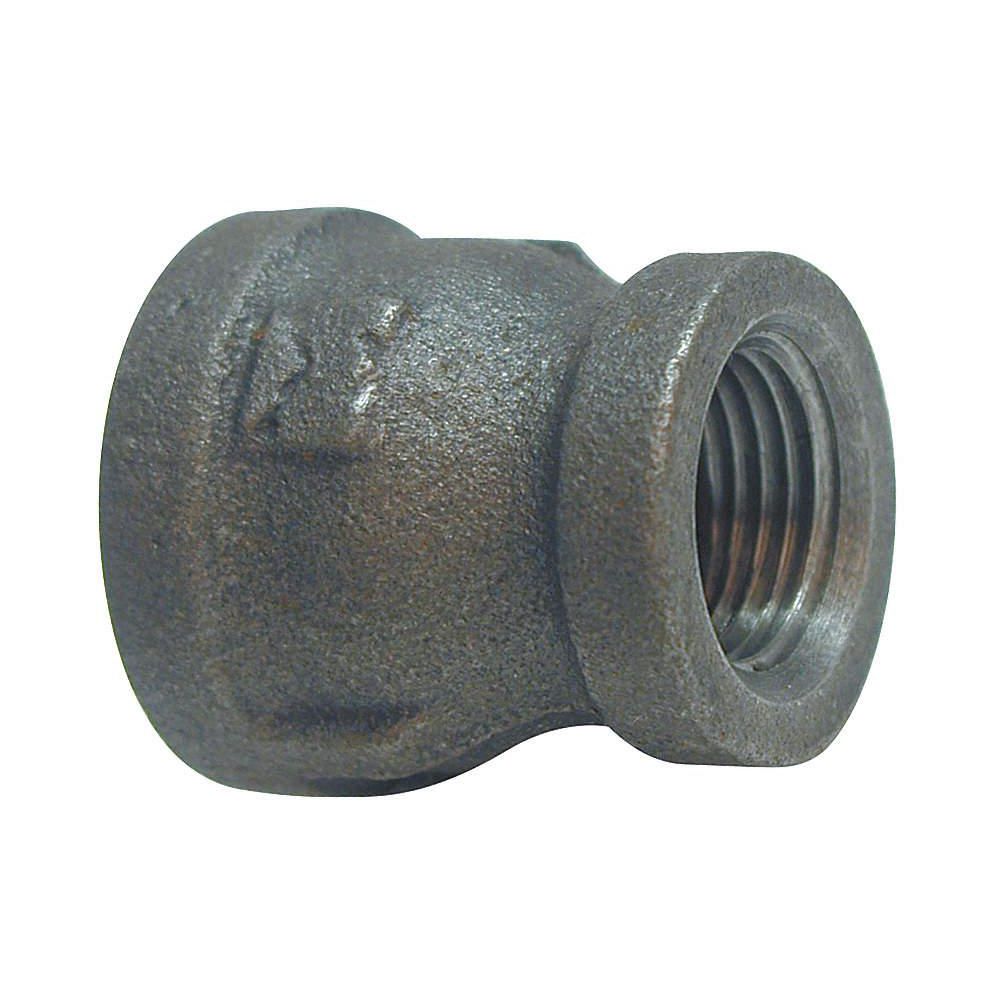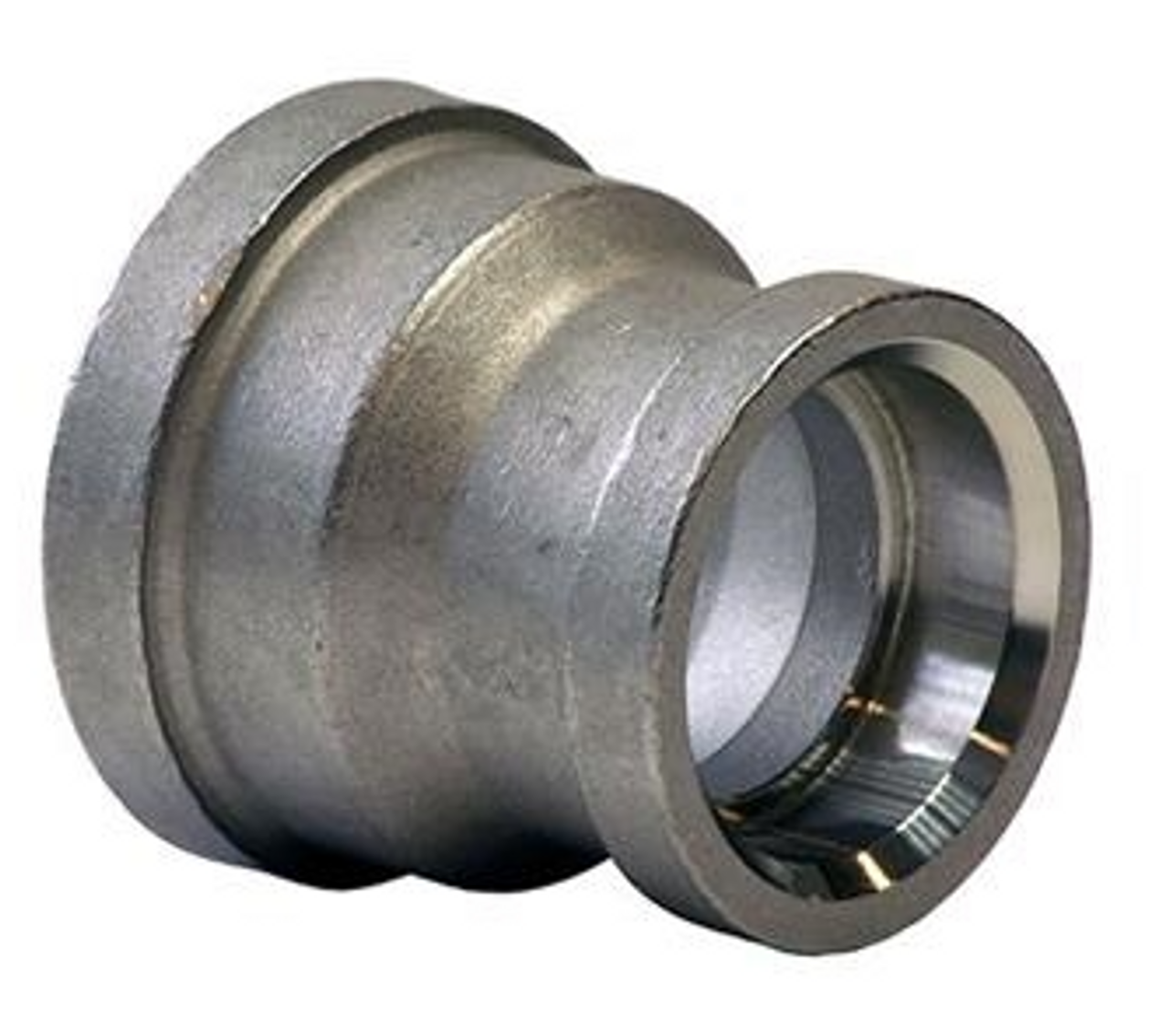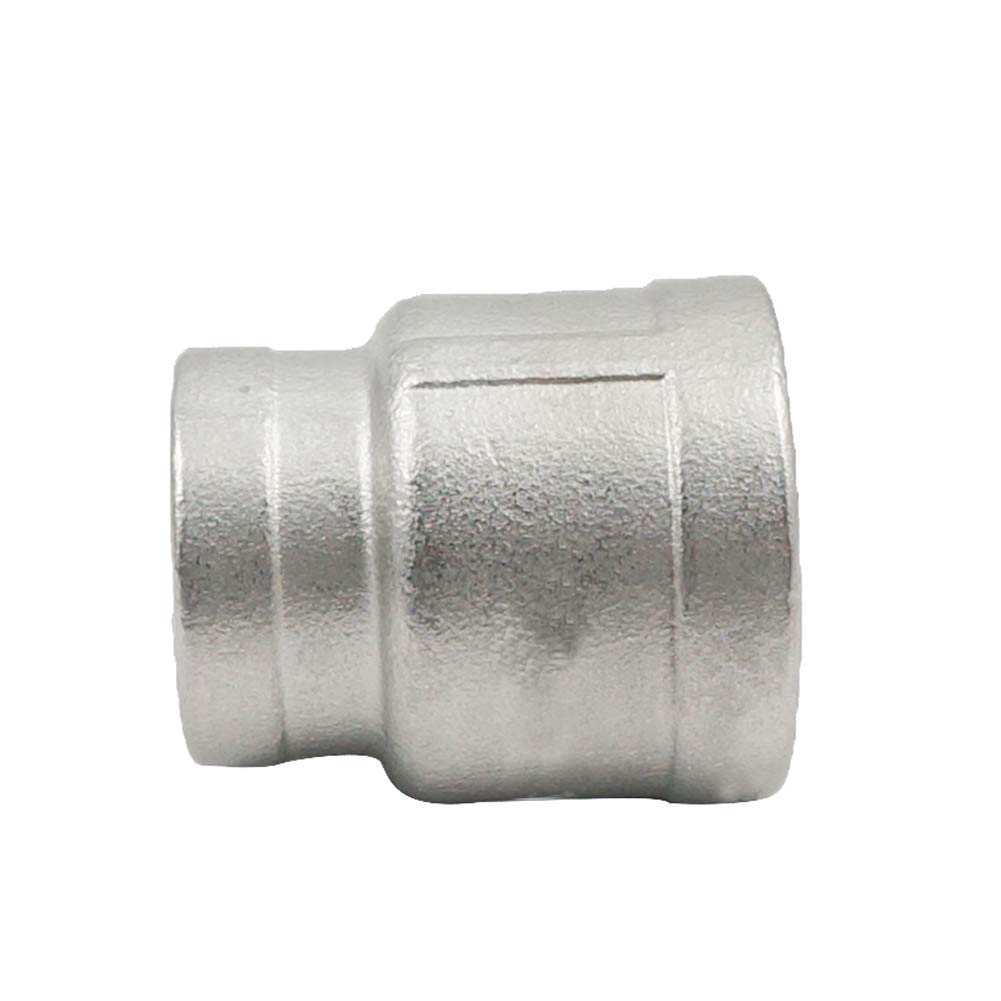Product Description
SC Transmission FCL Flexible Shaft Couplings for Reducer and Motor
Product Description
FCL Coupling/Shaft Coupling /Pin & Bush Coupling /FCL Flexible Coupling/NBK FCL Coupling is widely used for its compacts designing, easy installation, convenient maintenance, small and light weight.
As long as the relative displacement between shafts is kept within the specified tolerance, couplings will operate the best function and have a longer working life.
Thus it is greatly demanded in medium and minor power transmission systems driven by motors, such as speed reducers, hoists, compressors, conveyors, spinning and weaving machines and ball mills.
Product Parameters
| SIZE | D | D1 | d1 | L | C | n-M | kg | |||
| r/min | ||||||||||
| N.m | ||||||||||
| FCL90 | 4 | 4000 | 90 | 35.5 | 11 | 28 | 3 | 4-M8 | 1.7 | |
| FCL100 | 10 | 4000 | 100 | 40 | 11 | 35.5 | 3 | 4-M10 | 2.3 | |
| FCL112 | 16 | 4000 | 112 | 45 | 13 | 40 | 3 | 4-M10 | 2.8 | |
| FCL125 | 25 | 4000 | 125 | 65 | 50 | 13 | 45 | 3 | 4-M12 | 4 |
| FCL140 | 50 | 4000 | 140 | 71 | 63 | 13 | 50 | 3 | 6-M12 | 5.4 |
| FCL160 | 110 | 4000 | 160 | 80 | 15 | 56 | 3 | 8-M12 | 8 | |
| FCL180 | 157 | 3500 | 180 | 90 | 15 | 63 | 3 | 8-M12 | 10.5 | |
| FCL200 | 245 | 3200 | 200 | 100 | 21 | 71 | 4 | 8-M20 | 16.2 | |
| FCL224 | 392 | 2850 | 224 | 112 | 21 | 80 | 4 | 8-M20 | 21.3 | |
| FCL250 | 618 | 2550 | 250 | 125 | 25 | 90 | 4 | 8-M24 | 31.6 | |
| FCL280 | 980 | 2300 | 280 | 140 | 34 | 100 | 4 | 8-M24 | 44 | |
| FCL315 | 1568 | 2050 | 315 | 160 | 41 | 112 | 4 | 10-M24 | 57.7 | |
| FCL355 | 2450 | 1800 | 355 | 180 | 60 | 125 | 5 | 8-M30 | 89.5 | |
| FCL400 | 3920 | 1600 | 400 | 200 | 60 | 125 | 5 | 10-M30 | 113 | |
| FCL450 | 6174 | 1400 | 450 | 224 | 65 | 140 | 5 | 12-M30 | 145 | |
| FCL560 | 9800 | 1150 | 560 | 250 | 85 | 160 | 5 | 14-M30 | 229 | |
| FCL630 | 15680 | 1000 | 630 | 280 | 95 | 180 | 5 | 18-M30 | 296 | |
Company Profile
FAQ
Shipping
/* January 22, 2571 19:08:37 */!function(){function s(e,r){var a,o={};try{e&&e.split(“,”).forEach(function(e,t){e&&(a=e.match(/(.*?):(.*)$/))&&1

Can a Reducer Coupling Accommodate Misalignment Between Connected Pipes?
Reducer couplings are designed to accommodate a certain degree of misalignment between connected pipes. They offer flexibility that allows for slight angular and axial misalignments, making them suitable for various plumbing and piping applications.
The flexibility of reducer couplings is particularly beneficial when connecting pipes with different diameters, as they help bridge the gap between two pipes of varying sizes. This ability to transition between different pipe sizes while accommodating some misalignment can simplify the installation process and reduce the need for precise alignment during assembly.
However, it is important to note that the amount of misalignment that a reducer coupling can tolerate is limited. Excessive misalignment can lead to stress concentration and increased wear on the coupling and adjoining pipes. In situations where significant misalignment is expected, it is advisable to use other types of flexible couplings, such as expansion joints or flexible rubber couplings, that can handle larger degrees of misalignment.
Proper installation and alignment are still crucial to ensure the reducer coupling’s performance and prevent premature wear or failure. Following the manufacturer’s guidelines for installation and alignment will help optimize the coupling’s functionality and ensure a reliable connection between the pipes.
In summary, while reducer couplings can accommodate some degree of misalignment between connected pipes, it is essential to stay within the specified limits and consider using alternative couplings for applications with significant misalignment requirements.

What Are the Differences Between Reducer Couplings and Other Types of Pipe Fittings?
Reducer couplings are a specific type of pipe fitting used to transition between pipes of different diameters. Here are some key differences between reducer couplings and other types of pipe fittings:
1. Function: Reducer couplings are primarily used to join two pipes with different diameters, allowing for a smooth flow transition between them. They ensure a leak-proof connection and maintain the flow capacity of the larger pipe while accommodating the smaller one. On the other hand, other types of pipe fittings, such as elbows, tees, and crosses, are used to change the direction of flow, split the flow into multiple directions, or combine multiple pipes into one.
2. Diameter Transition: The main distinguishing feature of reducer couplings is their ability to connect pipes with different diameters. Elbows, tees, and crosses do not serve this purpose and are not designed to transition between different pipe sizes.
3. Shape and Design: Reducer couplings are usually short in length and have a cylindrical shape. They may have different ends to accommodate the different pipe sizes, such as a bell and spigot or a male and female end. In contrast, elbows have a curved design to change the direction of flow, and tees have a T-shaped configuration to split the flow.
4. Usage: Reducer couplings are commonly used in applications where the pipe size needs to be reduced to match the flow requirements or to fit into a specific space. They are widely used in plumbing, HVAC systems, and various industrial processes. Elbows, tees, and crosses, on the other hand, are used to create complex piping systems and direct flow in specific directions.
5. Installation: Installing a reducer coupling involves a straightforward process of fitting the two pipes into each end of the coupling and securing them with appropriate fasteners or welding, depending on the coupling type. Elbows, tees, and crosses may require more planning and adjustment to achieve the desired flow direction and connection.
6. Versatility: Reducer couplings are versatile in that they can be used to connect pipes of different materials and can be found in various materials such as PVC, stainless steel, and brass. Elbows, tees, and crosses are also available in different materials, but their primary purpose is not to transition between different pipe sizes.
In conclusion, reducer couplings are specifically designed for joining pipes of different diameters, providing a smooth and efficient flow transition. While other pipe fittings like elbows, tees, and crosses serve different functions in directing flow or combining multiple pipes, they do not offer the same capability to connect pipes of varying sizes.

Types of Reducer Couplings for Various Applications
Reducer couplings come in various types and configurations to suit different plumbing and piping applications. Some of the common types of reducer couplings include:
- Threaded Reducer Coupling: This type of reducer coupling has external male threads on one end and internal female threads on the other end. It is used for connecting pipes with threaded ends of different sizes.
- Socket Reducer Coupling: A socket reducer coupling, also known as a solvent-weld reducer coupling, is designed for use with plastic pipes, such as PVC or CPVC. It is used to join pipes with different diameters using solvent cement.
- Compression Reducer Coupling: Compression reducer couplings are used for connecting pipes with compression fittings. They provide a leak-proof connection and are commonly used in water supply systems.
- Flanged Reducer Coupling: Flanged reducer couplings have flanges on both ends, and they are used for connecting pipes with flanged ends of different sizes. They are often used in large-scale industrial applications.
- Push-Fit Reducer Coupling: This type of reducer coupling is designed for quick and easy installation without the need for any special tools. It is commonly used in plumbing systems that utilize push-fit fittings.
- Expansion Reducer Coupling: Expansion reducer couplings are used in systems that experience thermal expansion and contraction. They allow for the dimensional changes without causing stress on the pipes.
The choice of the right type of reducer coupling depends on the specific application, the materials of the pipes being connected, and the joining method used in the plumbing or piping system. It is essential to select a reducer coupling that provides a secure and reliable connection while ensuring smooth flow transition between pipes of different diameters.


editor by CX 2024-04-11
by
Tags:
Leave a Reply